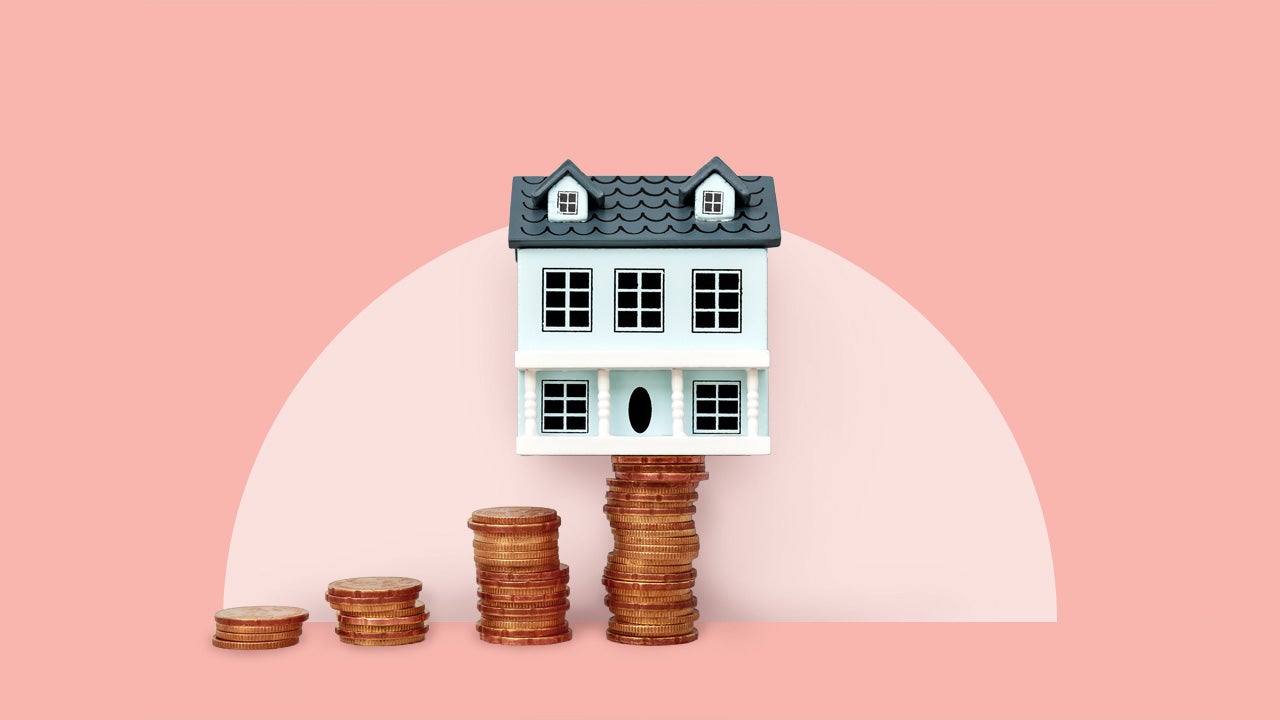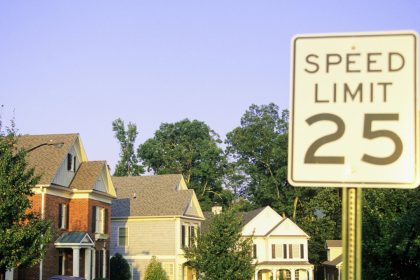Image by GettyImages; Illustration by Bankrate
Both home equity loans and home equity lines of credit (HELOCs) are heading down. The average rate on a $30,000 home equity line of credit (HELOC) once again broke through the 8 percent barrier, declining 8 basis points this week to 7.94 percent, according to Bankrate’s national survey of lenders. Home equity loans also retreated in the latest week, with the average $30,000 home equity loan falling four basis points to 8.36 percent.
With this week’s declines, both HELOCs and home equity loans are near their lowest levels of the year; home equity loans haven’t been this low since last October. As rates drop, consumer interest rises, notes Scott Bridges, senior managing director of consumer direct lending at PennyMac, a California-based mortgage and home equity loan lender. “The average American has more equity than they ever had and they are definitely tapping into it,” he says.
| Current | 4 weeks ago | One year ago | 52-week average | 52-week low | |
|---|---|---|---|---|---|
| HELOC | 7.94% | 8.01% | 9.10% | 8.75% | 7.90% |
| 5-year home equity loan | 8.36% | 8.37% | 8.63% | 8.47% | 8.35% |
| 10-year home equity loan | 8.51% | 8.50% | 8.77% | 8.60% | 8.46% |
| 15-year home equity loan | 8.42% | 8.44% | 8.77% | 8.55% | 8.37% |
| Note: The home equity rates in this survey assume a line or loan amount of $30,000. | |||||
What’s driving home equity rates today?
HELOCs and home equity loans have fallen substantially from the highs reached at the beginning of 2024, with HELOC rates in particular hitting lows not seen since 2023. Bankrate Chief Financial Analyst Greg McBride forecasts that rates will continue to decline in 2025, especially those of HELOCs. Those will average 7.25 percent, he thinks — which would be their lowest level in three years.
The demand for HELOCs and HELoans is being driven by two factors: lender competition — as banks and mortgage companies try to attract applicants with low-for-a-limited-time loan terms — and the Federal Reserve’s actions. The central bank cut interest rates three times in late 2024, and indicated cuts would continue this year. It did hit the breaks on rate cuts at its first two meetings of 2025, though, moving cautiously as it keeps an eye on inflation and the unemployment rate. All eyes are on what happens between now and the Federal Reserve’s next policy-setting meetings, scheduled for May 6-7.
What influences home equity rates?
Several factors can influence interest rates on HELOCs and new home equity loans. That includes the prime rate, which is tied to Federal Reserve monetary policy. When the Fed raises rates, borrowing costs on equity-based loans tend to go up. The opposite tends to happen when it lowers rates.
To be sure, the Fed’s moves influence interest rates on a variety of credit products. However, because HELOCs and home equity loans are linked to your home as collateral, those rates tend to be much less expensive — more akin to current mortgage rates — than the interest charged on credit cards or personal loans, which aren’t secured.
Current home equity rates vs. rates on other types of credit
The Fed’s monetary policy influences interest rate trends overall and the rates lenders advertise. Of course, the individualized offer you receive on a particular HELOC or new home equity loan reflects an additional factor: your creditworthiness — specifically your credit score and debt-to-income ratio. Then there’s the value of your home and your ownership stake, especially vis-à-vis the amount you want to borrow. Lenders generally limit all your home-based loans (including your mortgage) to a maximum 80 to 85 percent of your home’s worth.
Some people may be more conservative in tapping their equity, since what’s paramount is “paying off the loan as fast as they can,” says Fred Bolstad, head of retail lending at U.S. Bank. “For other people, it’s all about [increasing] cash flow, and so they want to leverage their home to the fullest.”
However, Ted Rossman, senior industry analyst at Bankrate, notes that despite their recent rate declines, home equity products are still relatively high-cost debt. He counsels caution in using them, especially amid all the current economic turmoil and fears of a slowdown or even recession. “Three years ago, the average HELOC rate was below 4 percent,” he says. “I just wouldn’t be in a rush to borrow $50,000 for a home renovation at 8 percent if there’s a chance you might regret it, like if you lose your job, if you could have held off, if [President Trump’s] tariffs aren’t as bad as feared, etc.”
Read the full article here
















